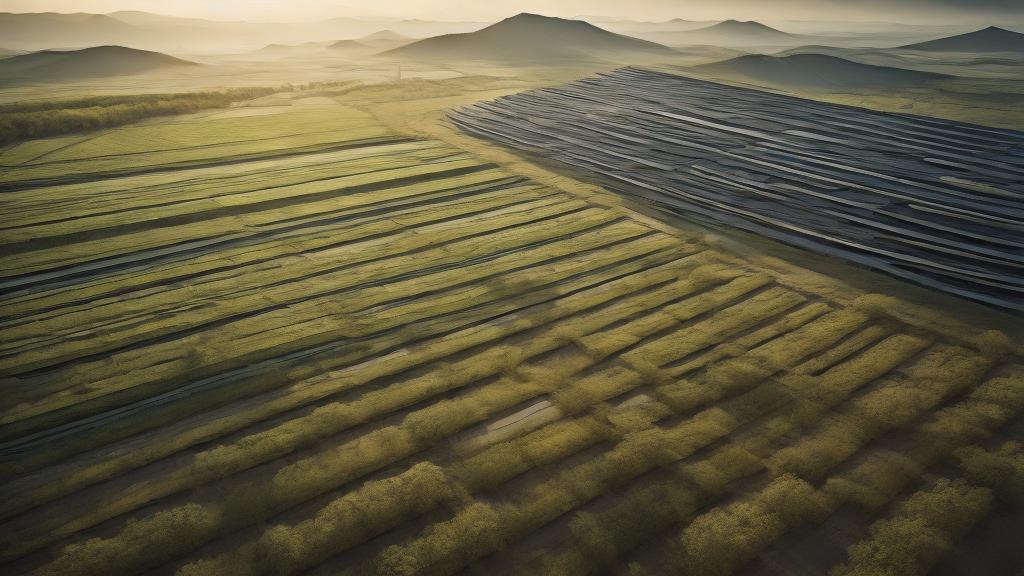The global shift toward more sustainable energy sources has predominantly focused on large scale renewable projects such as wind farms, solar parks, and hydroelectric dams. However, amidst the grandeur of these large-scale renewable energy projects lies an understated yet crucial element — microgrids. These smaller, localized grids have the potential to redefine how communities worldwide generate, distribute, and consume electricity.
Microgrids operate alongside traditional power grids but can disconnect and function independently, which is particularly useful in times of power disruptions. The inherent flexibility and resilience of microgrids make them an appealing option for both urban and rural communities. They provide a robust solution to the aging power infrastructures that have become increasingly vulnerable to climate-induced natural disasters.
In rural areas, where access to reliable electricity often remains a challenge, microgrids offer a sustainable solution to electrification. They allow communities to leverage localized energy resources such as solar or wind, reducing dependence on centralized energy grids. This autonomy not only advances energy equity but also fosters local economic growth by stimulating job creation around the manufacture, installation, and maintenance of these systems.
As urban areas continue to densify, the demand for energy multiplies, straining existing infrastructure. Microgrids can alleviate this pressure by integrating seamlessly into metropolitan energy strategies. Their ability to store excess energy from renewables and distribute it efficiently during peak demand times ensures that cities can meet their energy needs sustainably without undue reliance on fossil fuels.
In regions prone to natural disasters, microgrids prove to be literal lifesavers. Case studies from parts of the Caribbean and Southeast Asia showcase their effectiveness. After Hurricane Maria devastated Puerto Rico, microgrids became instrumental in swiftly restoring power to critical infrastructures like hospitals and communication centers. This example underscores the vital role microgrids play in enhancing community resilience in the face of climate change.
Moreover, microgrids are pioneering smarter, cleaner technologies. The integration of advanced monitoring systems and AI-driven analytics optimize the performance and efficiency of these networks, enabling better management of the balance between supply and demand. Such advances position microgrids not just as peripheral actors but as central figures in the broader transition to a smart, sustainable energy landscape.
Despite their promise, microgrids face numerous challenges, primarily financial and regulatory in nature. While the environmental and social benefits are compelling, the high initial capital cost can be prohibitive. Investment in microgrid infrastructure requires a shift in policy and financial instruments to attract private sector investment and to develop business models that distribute costs equitably.
On the policy front, more work is needed to create regulatory frameworks that accommodate the unique needs and capabilities of microgrids. Prevailing energy regulations often privilege centralized utilities, stifling innovation and competition. Policymakers must craft nuanced, flexible regulations that spur market growth while safeguarding consumer interests.
Furthermore, as we usher in the renewable revolution, it is imperative to incorporate diverse stakeholder voices in the planning and implementation of microgrids. Communities must not only be consulted but also empowered to co-design solutions that cater to local energy demands and cultural contexts.
The energy transition hinges on both macro and micro solutions, but it's the latter—embodied by the microgrid—that can deliver swift, sustainable energy equity on a local level. When integrated within broader energy systems, microgrids magnify the potential for resilience and self-sustainability, making them unsung heroes of the renewable age.
The story of microgrids unfolds every day, in technology labs, town halls, and distant villages. Yet, the climax is yet to come, hinging on our collective ability to realize and act on their immense potential. If the energy industry is to navigate the complexities of climate change, burgeoning demand, and aging infrastructures, microgrids will undoubtedly be the versatile linemen leading the charge to a truly sustainable and resilient energy future.
The unsung heroes of the energy transition: microgrids and their role in a sustainable future

